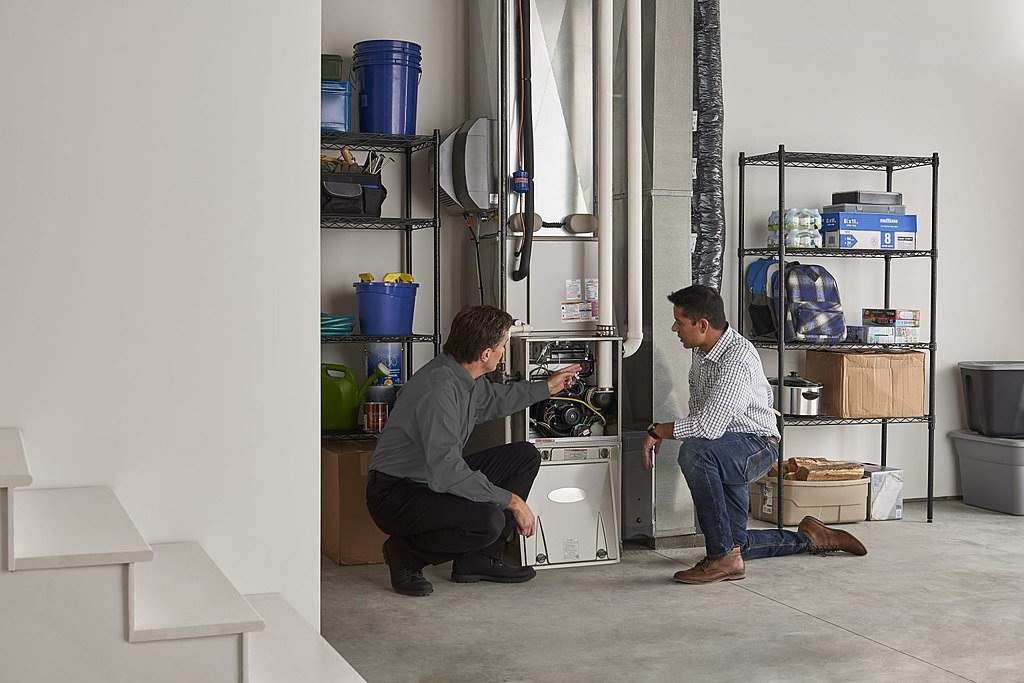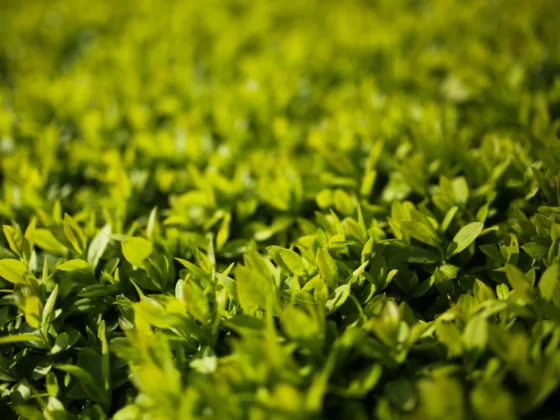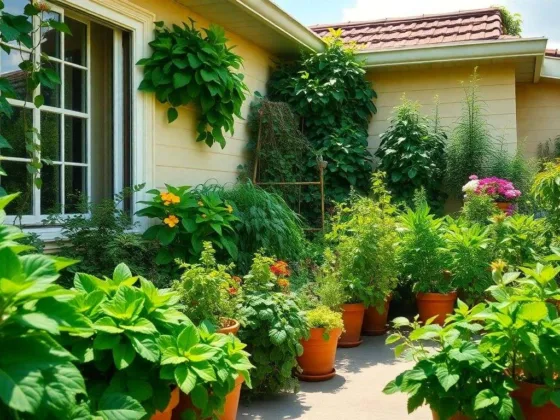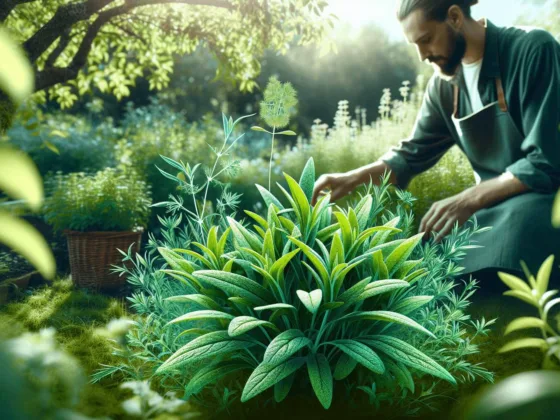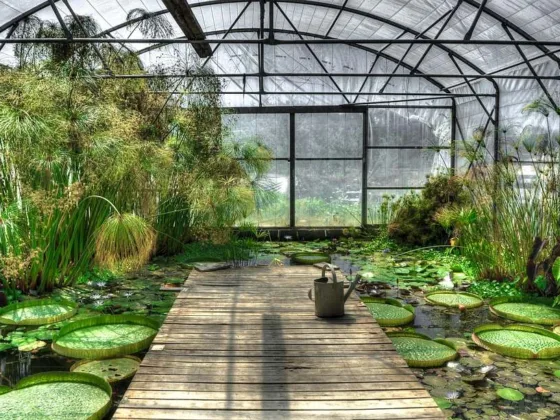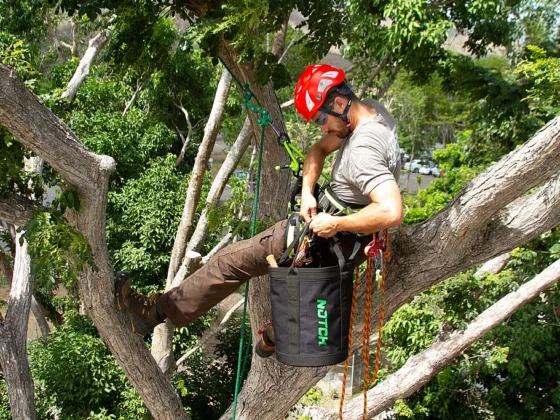Table of Contents Show
Gardening is considerably more mainstream than many people might credit. Just considering produce gardening, around 35 percent of U.S. homes grow some of their own food. When you think about decorative gardening, the percentage undoubtedly goes way, way up.

For some, gardening stands in as a form of exercise with many of the benefits of more traditional exercises like jogging or resistance training.
Regardless of whether you garden for food, health, or decoration, the garden itself becomes part of how people perceive your home. There are many garden design mistakes that give a negative impression. Keep reading for six of those mistakes and how you can avoid them.
1. Not Planning
There is the temptation when first starting a garden to head to a greenhouse or home improvement store and pick up things you like. You take them home and plant them. When everything comes into bloom, though, it doesn’t look great.
You must take some time and consider how different garden colors will or won’t work next to each other. Build a plan around garden plants and trees for the whole space.
Read Also:
2. Abandoning Plans
Garden design idea trends come and go, but nature doesn’t work on that timetable. Once you have a well-conceived plan, don’t abandon it in favor of this year’s trends. If your original plan called for garden flags, don’t give up on them because you don’t see them in this year’s magazines.
Abandoning plans leads to a mishmash of influences that generally don’t work five years down the road.
3. Overplanting
It can prove hard to see how a garden will look in a year or two when you first start planting. That can prompt overplanting in the now to make the space seem full.
Always remember that plants will grow. Consider their full size when planting.
4. Ignoring Location
Planting non-native plants can turn your garden into a daily chore of trying to keep them alive. As much as possible, consider styles for gardens that employ native plants. They’ll thrive better and take much less work.
5. Forgetting the Sun
All too often, people plan their gardens without considering where and how much sunlight will fall in the garden. Observe your garden space carefully for a few days so you know where you can safely put sun-hungry or shade-worshipping plants.
6. Adding Lawn
Grass lawns are a great thing for playing with kids. If you don’t plan on spending a lot of time outdoors playing with children, though, you don’t really need any grass lawn in your garden.
Avoiding Garden Design Mistakes
There are many ways to get your garden right, but also many garden design mistakes that can leave it looking less than stellar. You can avoid most of those problems by taking your time, making a plan, and then sticking with it.
Don’t let trends lure you away from your original plan or convince you that you need non-native plants to have a great garden. Also, a great garden doesn’t need a lawn to make it work.
Looking for more garden tips? Check out the posts in our Gardening section.

